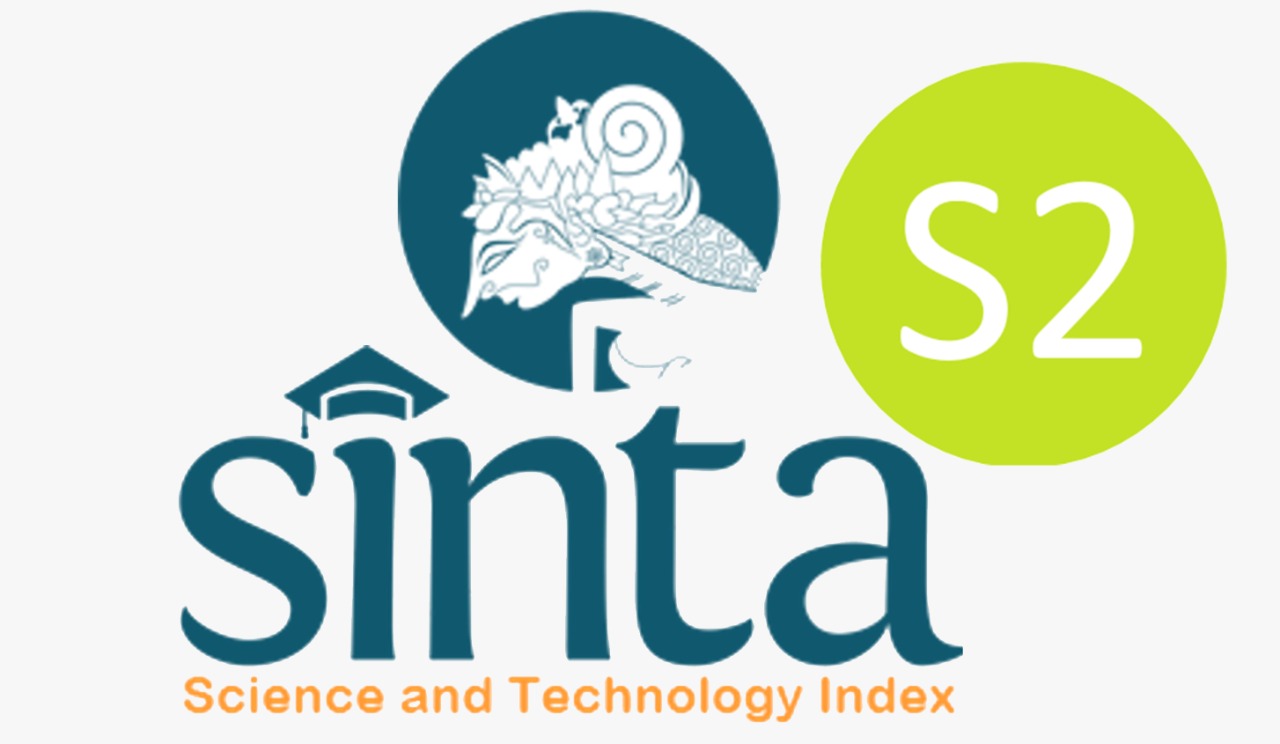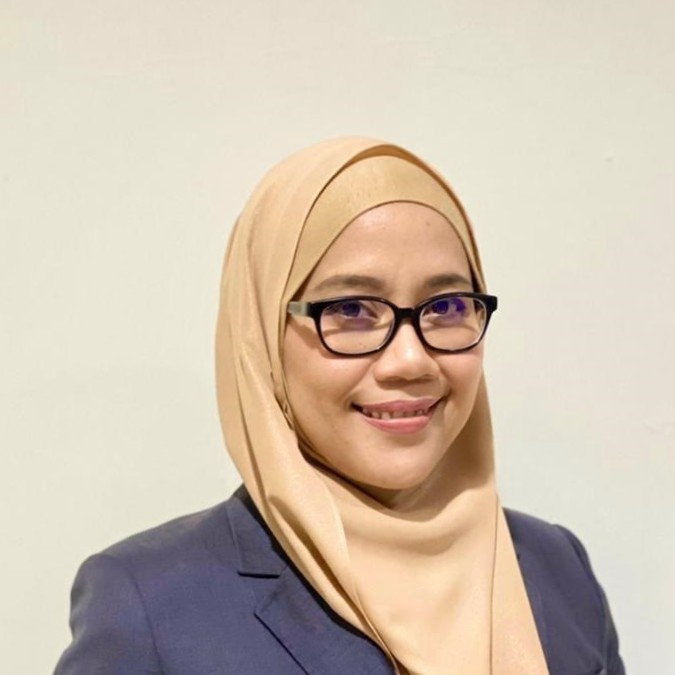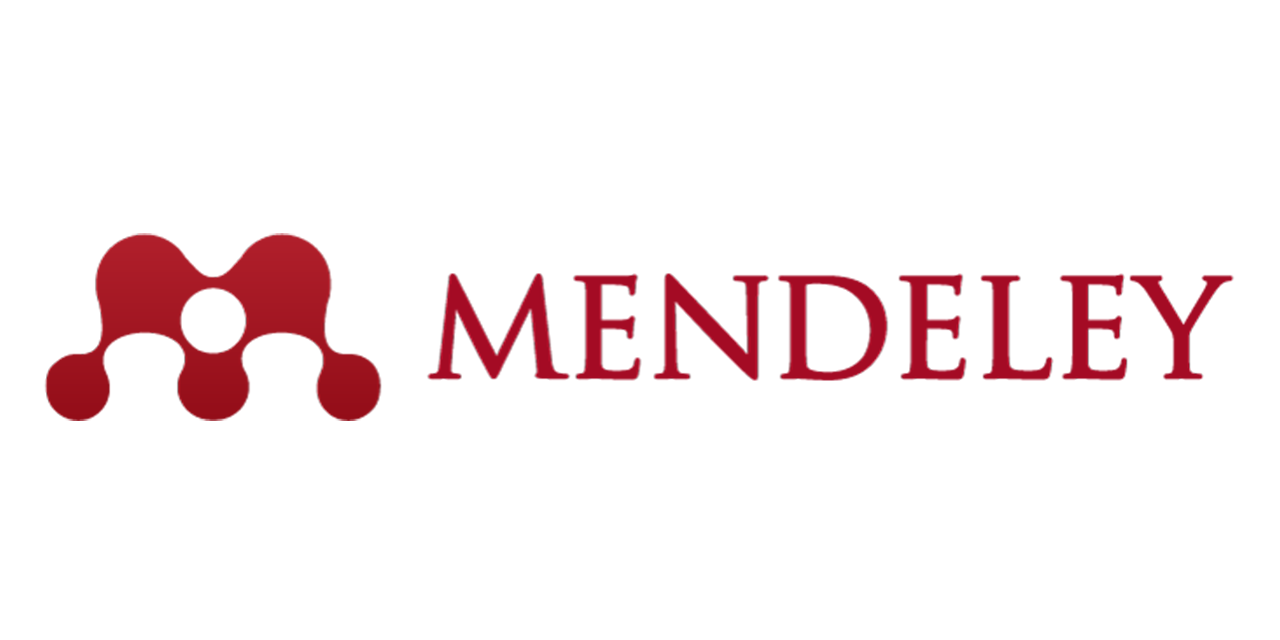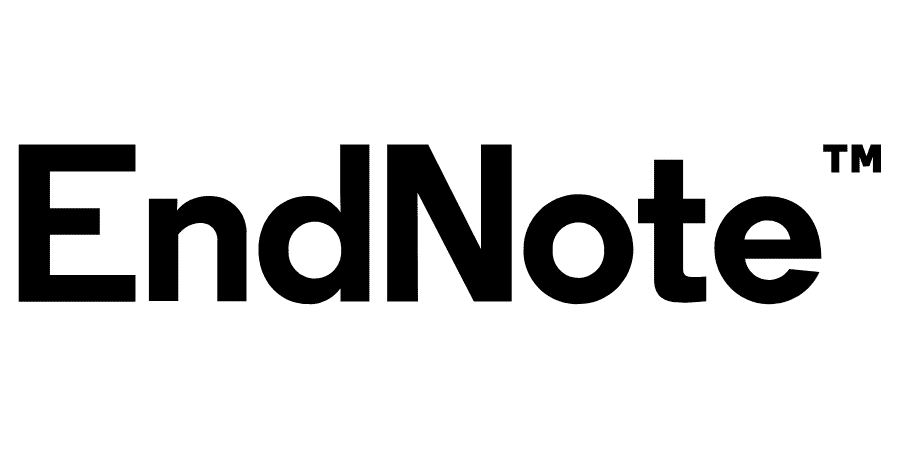Submissions
Author Guidelines
Online Submissions
Already have a Username/Password for Jurnal Ekonomi dan Bisnis Airlangga?
GO TO LOGIN
Need a Username/Password?
GO TO REGISTRATION
Registration and login are required to submit items online and to check the status of current submissions.
Author Guidelines
1. GENERAL REQUIREMENT
As a basic requirement, all manuscript submitted to Jurnal Ekonomi dan Bisnis Airlangga must be original work, which has never been published previously and is submitted exclusively to Jurnal Ekonomi dan Bisnis Airlangga.
The submitted manuscript should be addressed to Editor-in-chief of Jurnal Ekonomi dan Bisnis Airlangga. Manuscript must be submitted through online submission by registered users. You can easily register in the journal system. For further question please contact us at: jeba@feb.unair.ac.id.
2. MANUSCRIPT TYPES
2.1 Regular article
Full-length original empirical investigations, consisting of introduction, materials and methods, results and discussion, conclusions. Original work must provide references and an explanation on research findings that contain new and significant findings. The text should not exceed 7000 words or 8-12 printed pages (including the abstract, references, tables and/or figures) and a list of minimum 25 references primarily from international journal indexed by Scopus or Web of Science.
2.2 Review article
Critical evaluation of materials about current research that had already been published by organizing, integrating, and evaluating previously published materials. Re-analyses as meta-analysis and systemic reviews are encouraged. Review articles should aim to provide systemic overviews, evaluations and interpretations of research in a given field. Tipically, the text should not exceed 5000 words or 8-10 printed pages
2.3 Special issues
Usually papers from research presented at a conference, seminar, congress or a symposium. The text should not exceed 4000 words or 6-8 printed pages
2.4 Short communications
Significant new information to readers of the Journal in a short but complete form. It is suitable for the publication of technical advance, brief reports, comments, and Letters to the Editor. It should not exceed 2000 words or up to 4 printed pages.
2.5 LANGUAGE
Articles must be in English and they must be competently written and argued in clear and concise grammatical English. Contributors are strongly advised to have the manuscript checked by a colleague with ample experience in writing English manuscripts or a competent English language editor.
3. MANUSCRIPT FORMAT
3.1 TITLE PAGE
Title
The title of article should be written in a concise, straightforward, and effective language that provide the readers a summary of the content at first glance. It consists of approxmatelly 12 words or 150 characters.
3.2 Authorships
Authorship should be limited to those who have made a significant contribution to the research reported in the manuscript. Full names of author(s) (without academic title); author's affiliation [name(s) of department(s) and institution(s)]; corresponding author's name, mailing address, telephone and fax numbers, and e-mail address. The corresponding author is the person responsible for correspondence during the publication process and post publication.
3.3 Abstract
Abstract should be less than 250 words, and should not include references or abbreviations. They should be concise and precise with enough information, highlighting the points and importance of the article. Tipically, it includes the following:
- Introduction: one or two sentences of background and purpose of study.
- Method: describe the research design which cover analytical or statistical method and data used.
- Results: report main outcome(s) or finding(s)
- Conclusions: should relate to study aims or hypotheses and implication of the finding(s)
3.4 Keywords
Keywords provide between three to five key words in alphabetical order, which accurately identify the paper's subject, purpose, method and focus.
4. MAIN TEXT
Regular articles should be structured with the headings
- Introduction
- Literature Review
- Methods
- Results and Discussion
- Conclusions
- Acknowledgement (optional)
- References
Authors may use some flexible term for the subheading following the above main heading. Authors are encouraged to use manuscript's template that is found at the end of this guideline.
5. DOCUMENTATION
Generally, the Journal follow the APA style of the American Psychological Association for format of citations, references, tables and figures. Authors may refer to the Publication Manual (6th Edition) of the American Psychological Association for further details (http://www.apastyle.org/).
5.1 Citations
References are cited in text with an author–date citation system. The basic citation styles are as follows:
- If the name of author(s) appears as part of the narrative, cite only the year of publication in parentheses. For example, work by one author: Walker (2017); two authors: Walker and Allen (2016); three or more authors: Walker et al. (2015). Text cites example: Walker (2017) found that among empirical models...
- If the name of author(s) is not part of the narrative, place both the name and the year, separated by a comma, in parentheses. For example, work by one author: (Walker, 2017); two authors: (Walker and Allen, 2016); three or more authors: (Walker et al., 2015). Text cites example: Early experiment results in an incosistent model (Walker and Allen, 2016).
- If an author published more than one work in the same year, put suffix a, b, c, and so on following the year. For example, (Walker, 2014a; Walker, 2014b)
- Citation to institutional works should use acronyms or short titles where practicable. For example, International Monetary Funds (IMF, 2017)
Bibliography (references) is a source of references / references that are used as material for writing the article. The number of reference sources used as a bibliography is at least 25 titles of scientific literature and 80% is journal. Reference sources (not bibliography) wherever possible from sources in the last 10 years. All references used are written in the Bibliography following the Style Jurnal Ekonomi dan Bisnis Airlangga using APA 6th. Required for authors to use reference applications such as Mendeley or EndNote. "Bibliography" is written in capital letters, bold, type Calibri (Body) 12 pts with the type of alignment (justify) left flat and spacing 1. Example: REFERENCES (no period).
In general, a reference should contain the author name, date of publication, title of the work, and publication data.
- Journal articles
- Books, References books, and Book chapters
- Working paper
- Disertation
- Newspaper
5.3 Equations and Formulas
Equations and symbols must be written using Microsoft Equation. Numbers identifying equations should be in square brackets and placed on the right margin of the text.
5.4 Tables and Figures
All tables and figures should be prepared in a consistent form and should be numbered consecutively. Explanatory material should be given in the table and figure legends and footnotes. Each table should be embedded in the manuscript.
Submit an original figure or photograph. Line drawings must be clear, with high black and white contrast. Each figure or photograph should be prepared on a new page, embedded in the manuscript for reviewing to keep the file of the manuscript under 5 MB. These should be numbered consecutively with Roman numerals.
Note:
Tables must also be submitted separately as data - .doc, .rtf, Excel or PowerPoint files- because tables submitted as image data cannot be edited for publication and are usually in low-resolution.
Figures or photographs must also be submitted separately as TIFF, JPEG, or Excel files- because figures or photographs submitted in low-resolution embedded in the manuscript cannot be accepted for publication. For electronic figures, create your figures using applications that are capable of preparing high resolution TIFF files. In general, we require 300 dpi or higher resolution for coloured and half-tone artwork, and 1200 dpi or higher for line drawings are required.
All Figures and Tables should be numbered sequentially (e.g. Table 1, Figure 2 etc.) and cite each one in your writing as Table 1 or Figure 1.
Each table should have an individual title. Each word in the title should be italicized and capitalized except with, of, in, and, etc.
Failure to comply with these specifications will require new figures and delay in publication.
Copyright Notice
Authors who publish with Jurnal Ekonomi dan Bisnis Airlangga agree to the following terms:
-
The journal allows the author to hold the copyright of the article without restrictions.
-
The journal allows the author(s) to retain publishing rights without restrictions
-
The legal formal aspect of journal publication accessibility refers to Creative Commons Attribution Share-Alike (CC BY-SA).
Author Fees
This journal charges the following author fees.
Article Publication: 0.00 (USD)
a. Article Submission Fee : IDR 0 / USD 0
No charge for manuscript submission
b. Article Processing Charge: IDR 0 / USD 0
The author a publication fee amounted to IDR 0 (Indonesian author) and USD 0 (non-Indonesian author) for each manuscript published in the journal.
Privacy Statement
The names and email addresses entered in this journal site will be used exclusively for the stated purposes of this journal and will not be made available for any other purpose or to any other party.

















